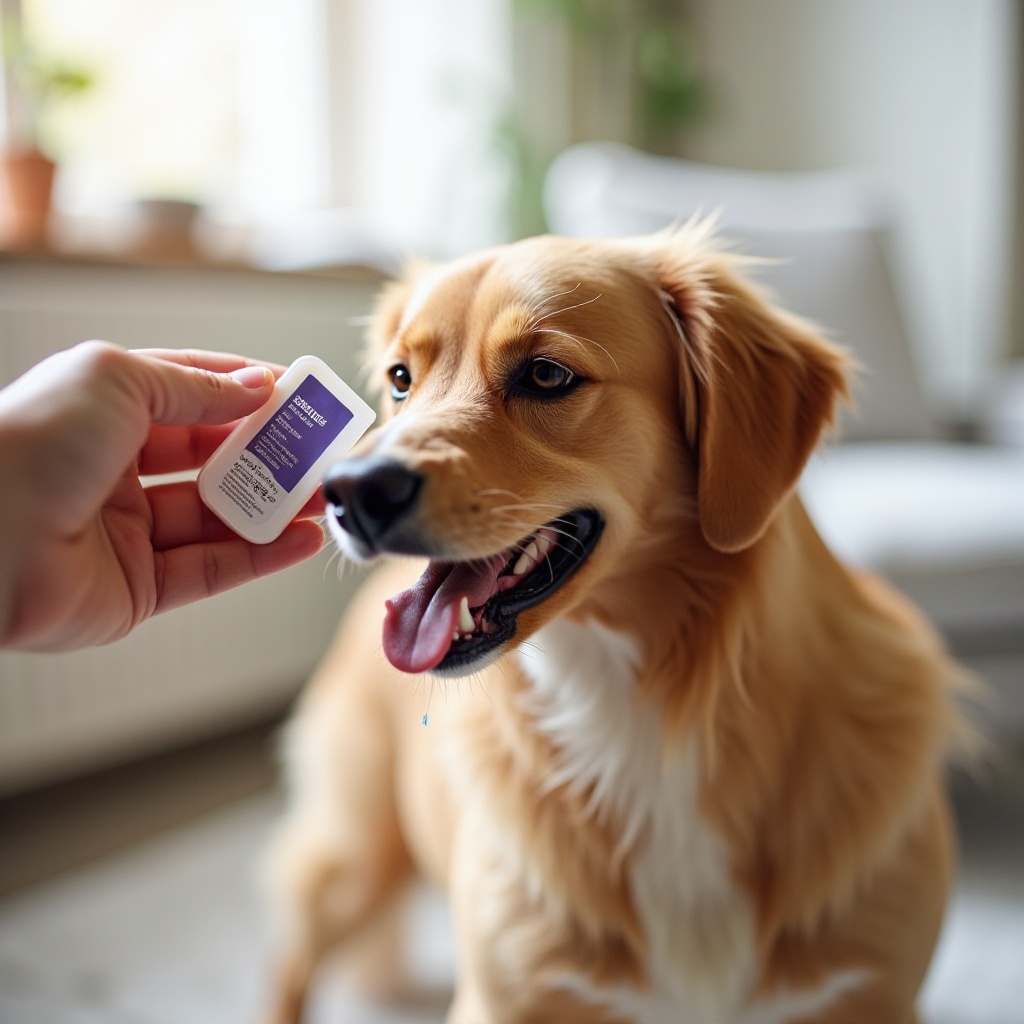Introduction
Topical flea medicine is frequently chosen by pet owners for its convenience and effectiveness in controlling fleas. This blog aims to answer the common question, ‘How long does it take topical flea medicine to work?’ By understanding the mode of action, expected timeline, and factors affecting its performance, you can ensure optimal results for your furry friend.

Understanding Topical Flea Medicine
What Is Topical Flea Medicine?
Topical flea medicine is a liquid solution applied to a dog’s skin, usually between the shoulder blades. It contains active ingredients that spread through the skin’s oils, killing fleas upon contact.
How Does It Work?
When applied, these medications target various life stages of fleas, including larvae and adult fleas. Once absorbed into the skin, the ingredients disrupt the nervous system of fleas, leading to their death.
Different Types of Topical Flea Medications
Several brands and types of topical flea treatments are available, including:
– Pyrethroids
– Imidacloprid
– Fipronil
Each ingredient has a unique mechanism but collectively ensures flea elimination and prevention.

Timeline for Effectiveness
Initial Application: First 24 Hours
Upon application, some topical flea medicines start working almost immediately. Within the first 24 hours, you might observe a decrease in flea activity as the medication begins to spread and kill the fleas.
Short-Term Effects: 1-3 Days
Within 1 to 3 days, a significant reduction in fleas should be noticeable. Adult fleas will be the first to die, halting the breeding cycle and providing relief for your pet.
Long-Term Results: 4 Weeks and Beyond
Topical flea medicines offer prolonged protection for your pet. Most products remain effective for up to 4 weeks, ensuring continued defense against new flea infestations.
Factors Influencing Effectiveness
Dog’s Health and Coat Type
A dog’s health and coat type play crucial roles in how well the topical treatment works. A healthy coat with proper skin oil distribution aids in the effective spread of the medication.
Environmental Factors
Flea infestations in your dog’s surroundings can impact the treatment’s effectiveness. Ensuring that the home and yard are also treated is vital for comprehensive flea control.
Proper Application Techniques
Incorrect application can render the treatment ineffective. Ensure that the medicine is applied directly to the skin, avoiding the hair, and follow the product instructions carefully.

Observing the Results
Visual Indicators
Look for dead fleas on your dog’s bedding or areas they frequent. A decrease in scratching and biting usually indicates the treatment is working.
Behavioral Changes
Noticeable changes in behavior, such as reduced irritability and increased comfort, are positive signs. If your dog seems less troubled by itching, the treatment is successful.
When to Consult a Vet
If fleas persist beyond three days after application or if your pet shows signs of an adverse reaction, consult your veterinarian. Persistent fleas may indicate resistance or improper use.
Conclusion
Topical flea medicine is an effective way to control and prevent flea infestations on your dog. By understanding the application process, expected results, and contributing factors, you can help ensure a flea-free environment for your dog.
Frequently Asked Questions
How Often Should I Apply Topical Flea Medicine?
Typically, topical flea treatments are applied once a month. Always follow the product’s recommendation to maintain continuous protection.
Can I Bathe My Dog After Applying Topical Flea Medicine?
It’s usually recommended to wait at least 48 hours post-application before bathing your dog to allow the medication to fully absorb.
Are There Any Side Effects of Topical Flea Treatment?
Some dogs might experience mild irritation at the application site. If severe reactions occur, seek veterinary advice immediately.
